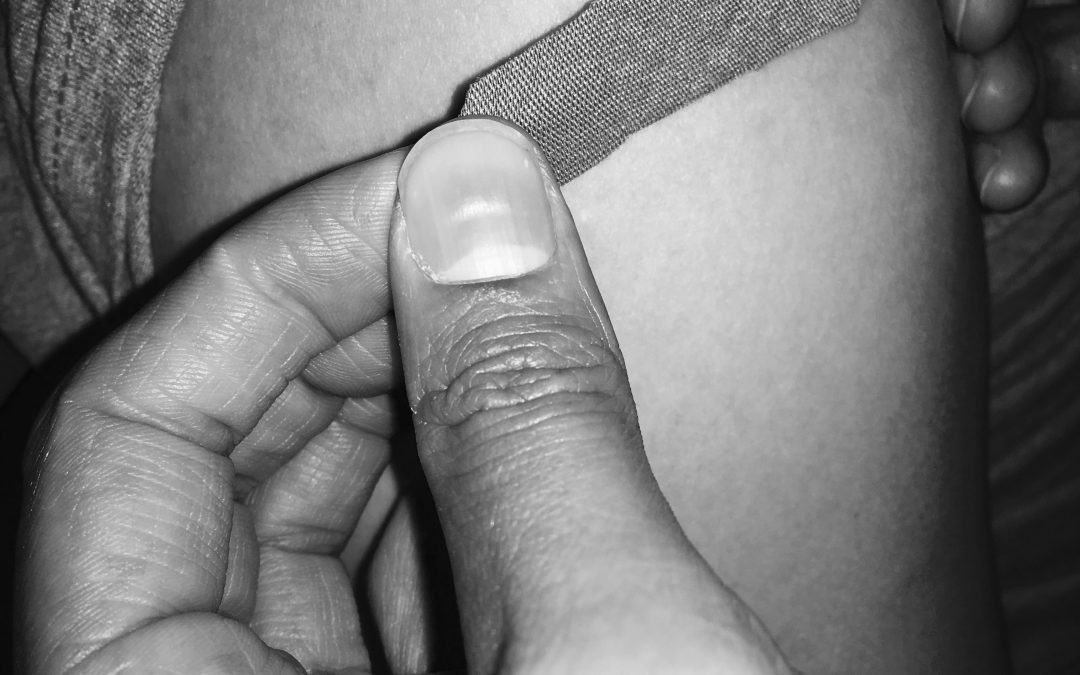Influenza is a serious disease that can lead to hospitalization and even death (Immunize BC, 2016). In Canada, the flu season runs from November through April (Immuniza BC, 2016) and approximately 10%-20% of the population becomes infected with influenza each year (BCCDC, 2016). The rates of influenza are highest in children aged 5-9 years, but rates of serious illness and death are highest in children <2 years, persons over 65 years of age, and persons with underlying medical conditions (BCCDC, 2016). The influenza vaccine is especially recommended if one is to come into contact with the at-risk population.
Only 50% of people infected with the the flu will develop symptoms but they can still transmit the disease (BCCDC, 2016).
Some of the personal strategies in preventing illness include regular hand-washing, coughing and sneezing into your sleeve, staying home when you are ill, and getting the influenza vaccine (BCCDC, 2016).
To prevent yourself from influenza-related morbidity and mortality, vaccination remains the principal means (BCCDC, 2016). The goal is to have high immunization rates (BCCDC, 2016). If a high enough proportion of the population is immunized, transmission may be interrupted in the community – this protects those who have not been immunized, which is called herd immunity (BCCDC, 2016).
Influenza viruses change over time and that is why immunization from one season will not reliably prevent infection for another season (Immunize BC, 2016). This season’s influenza vaccine is designed to protect against the influenza viruses that research indicated will be most common during the upcoming season (BCCDC, 2016). Re-immunization reinforces optimal protection for the coming influenza season. The 2016/17 seasonal influenza vaccine protects against:
- A/California/7/2009 (H1N1)pdm09-like virus
- A/Hong Kong/4801/2014 (H3N2)-like virus
- B/Brisbane/60/2008-like virus
- B/Phuket/3073/2013-like virus (in quadrivalent vaccines only)
Although these are the strains covered by the 2016/17 influenza immunization, receiving an influenza immunization still promotes antibody production for those strains, which can sometimes provide protection against different but related viruses (Immunize BC, 2016).
There are two types of influenza vaccines available:
- Inactivated influenza vaccine: a vaccine that contains killed/inactivated influenza viruses that initiate an immune response when administered.
- Live attenuated influenza vaccine: a vaccine which contains whole, living viruses that induce immunity by actively replicating within the host. This type of influenza vaccine is unable to replicate enough to cause illness, but enough to provoke an immune response to protect the individual.
For more information on the flu vaccine:
- Vaccine Ingredients: What you should know.
- How the flu vaccine works.
- Flu shots during pregnancy.
- Influenza Immunization: Myths and Facts
- How influenza spreads.
Dates, time, and location of upcoming UVic Flu Clinics:
- November 9th, Wednesday – ASB, 12-2pm
- November 10th, Thursday – UVSS Upper Lounge, 1030am-1230pm
- November 16th, Wednesday – CARSA, 1pm-3pm
- November 16th, Wednesday – Sanderson 102 (Residence HUB), 4pm-6pm
- November 17th, Thursday – CARSA, 1pm-3pm
- November 24th, Thursday – Cadboro Commons, Henderson Room, 11am-1pm
To receive your influenza vaccine, you can attend any one of the Flu Shot Clinics offered by UVic. You can also receive your flu shot at a pharmacy, health clinic, or UVic Health Services.
BC Centre for Disease Control. (2016). Retrieved from http://www.bccdc.ca/health-professionals/clinical-resources/communicable-disease-control-manual/immunization
Immunize BC. (2016). Retrieved from http://www.immunizebc.ca
